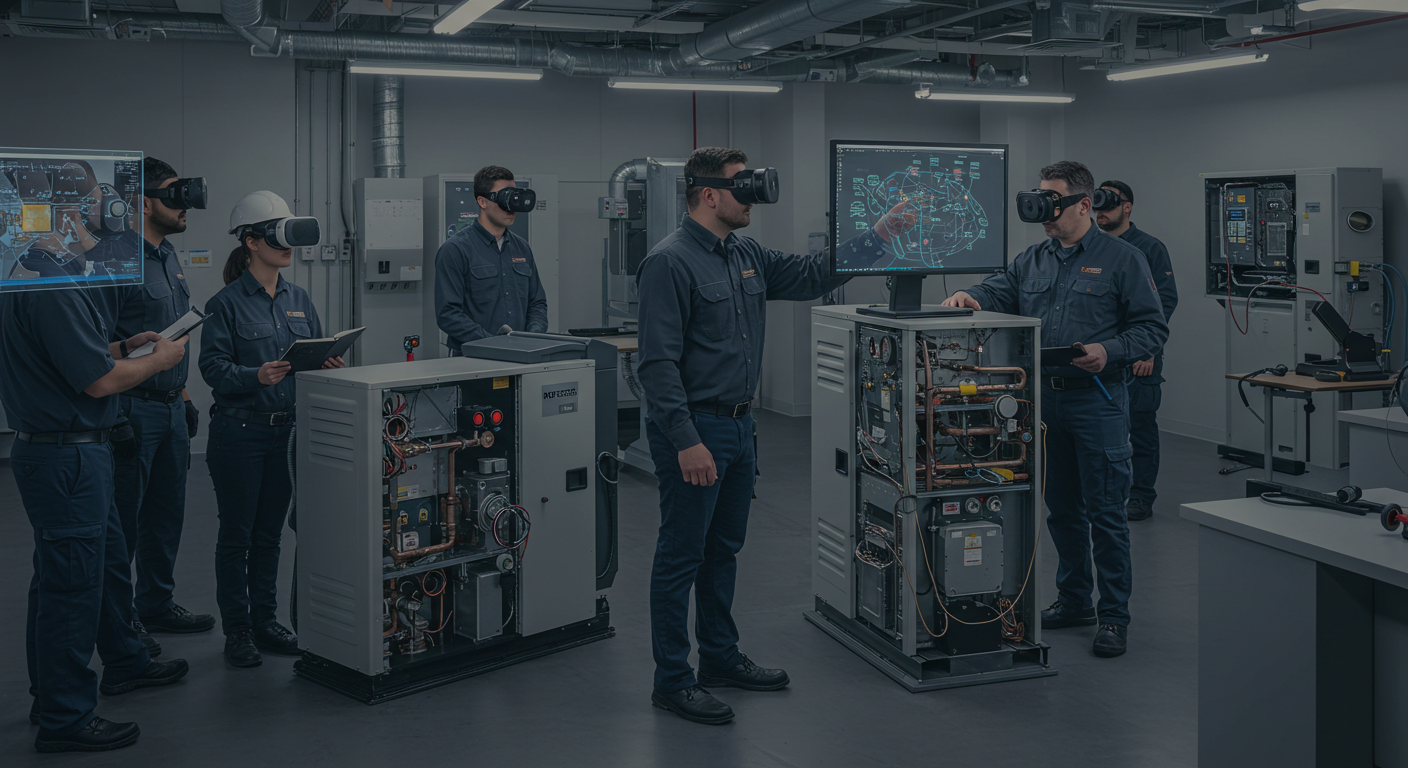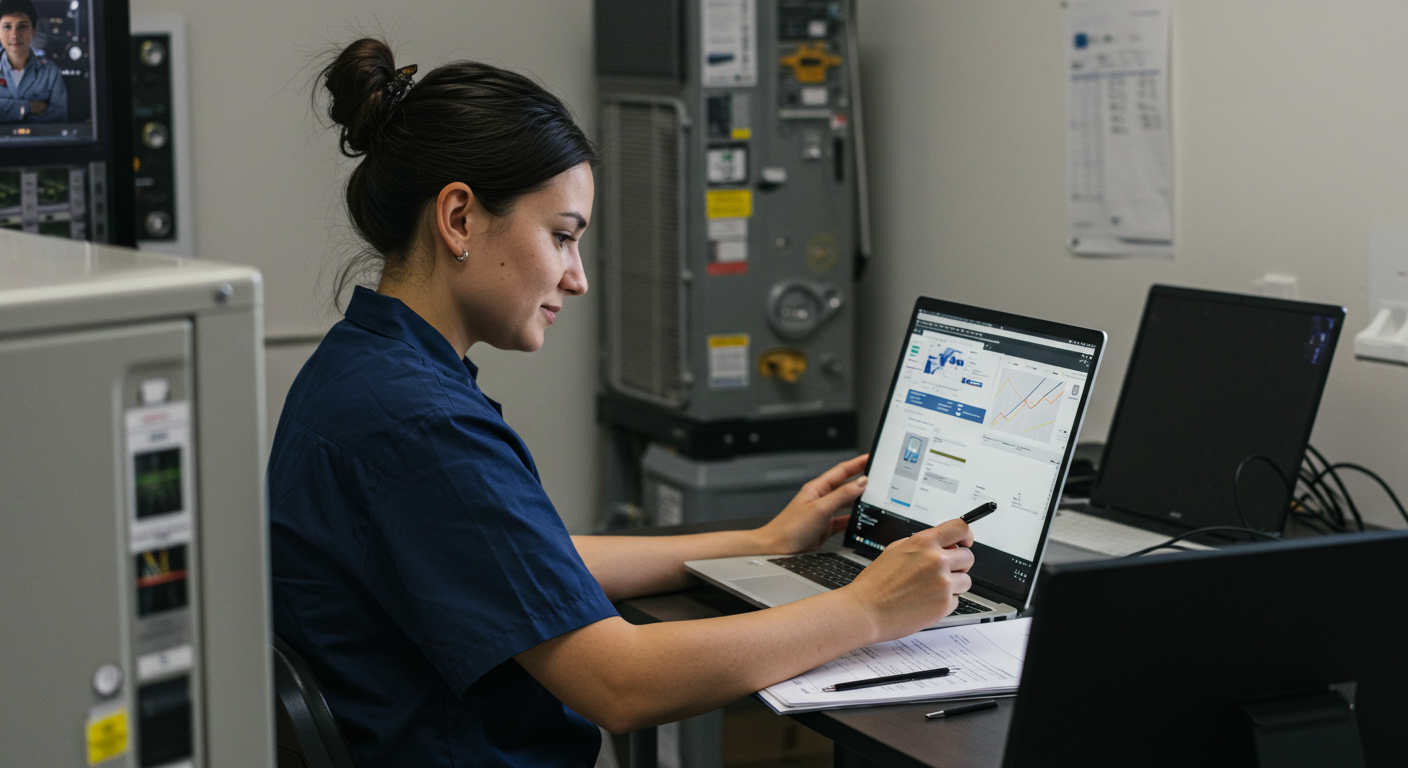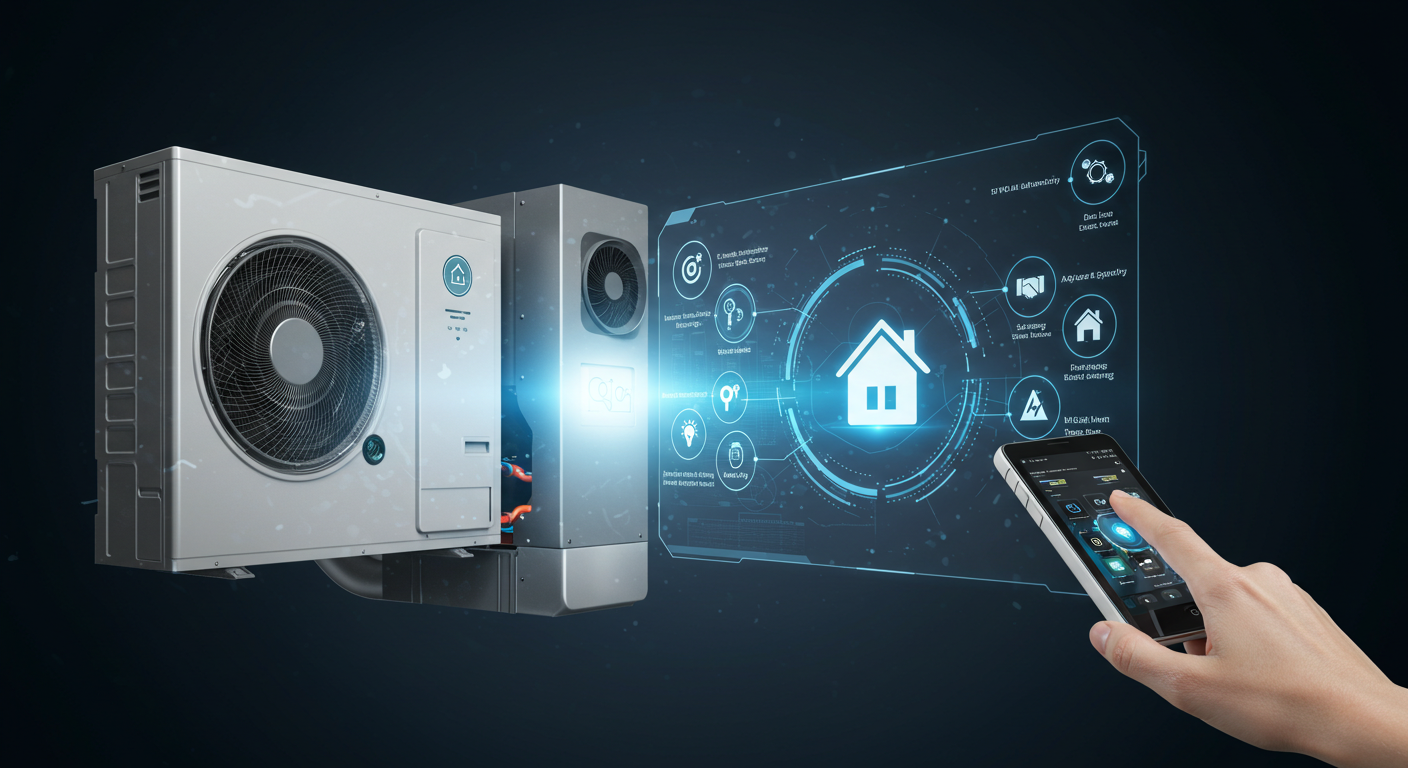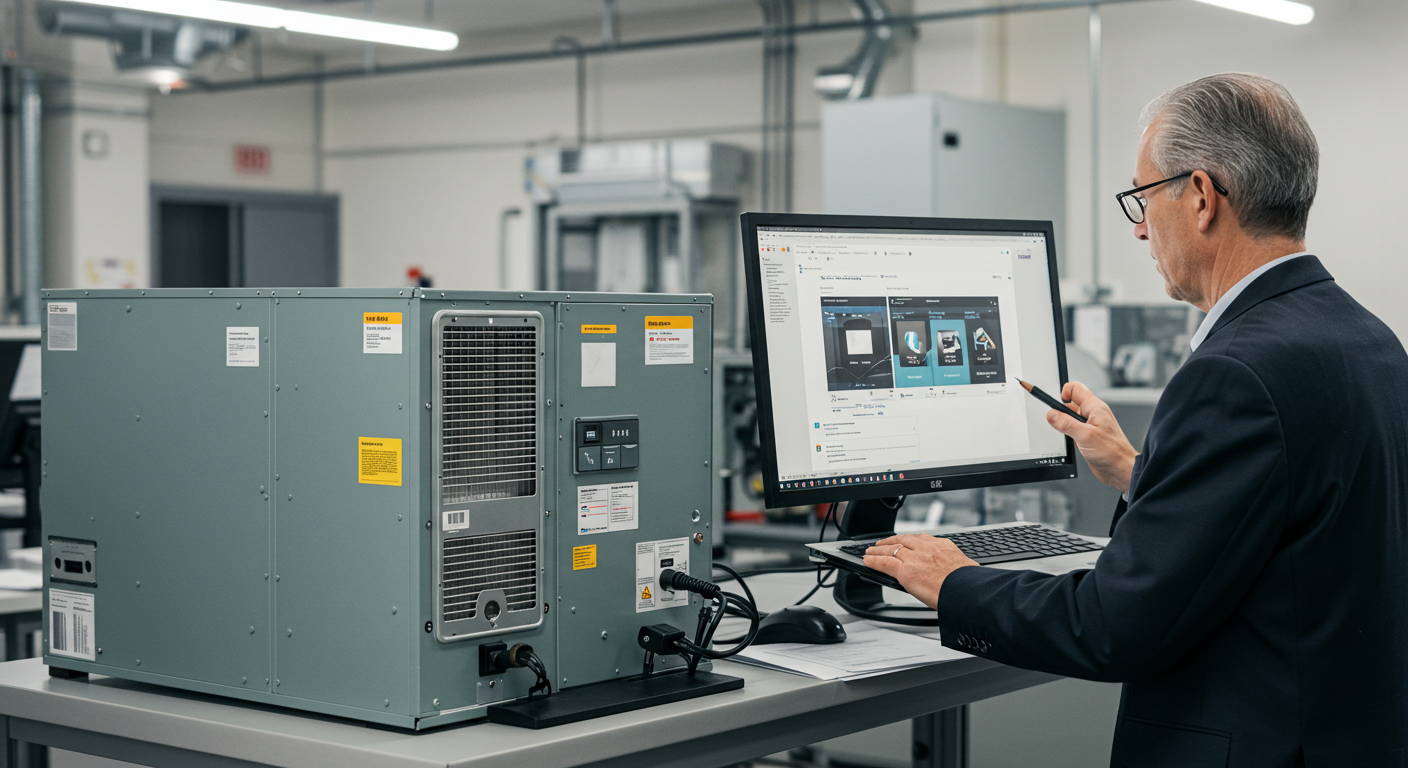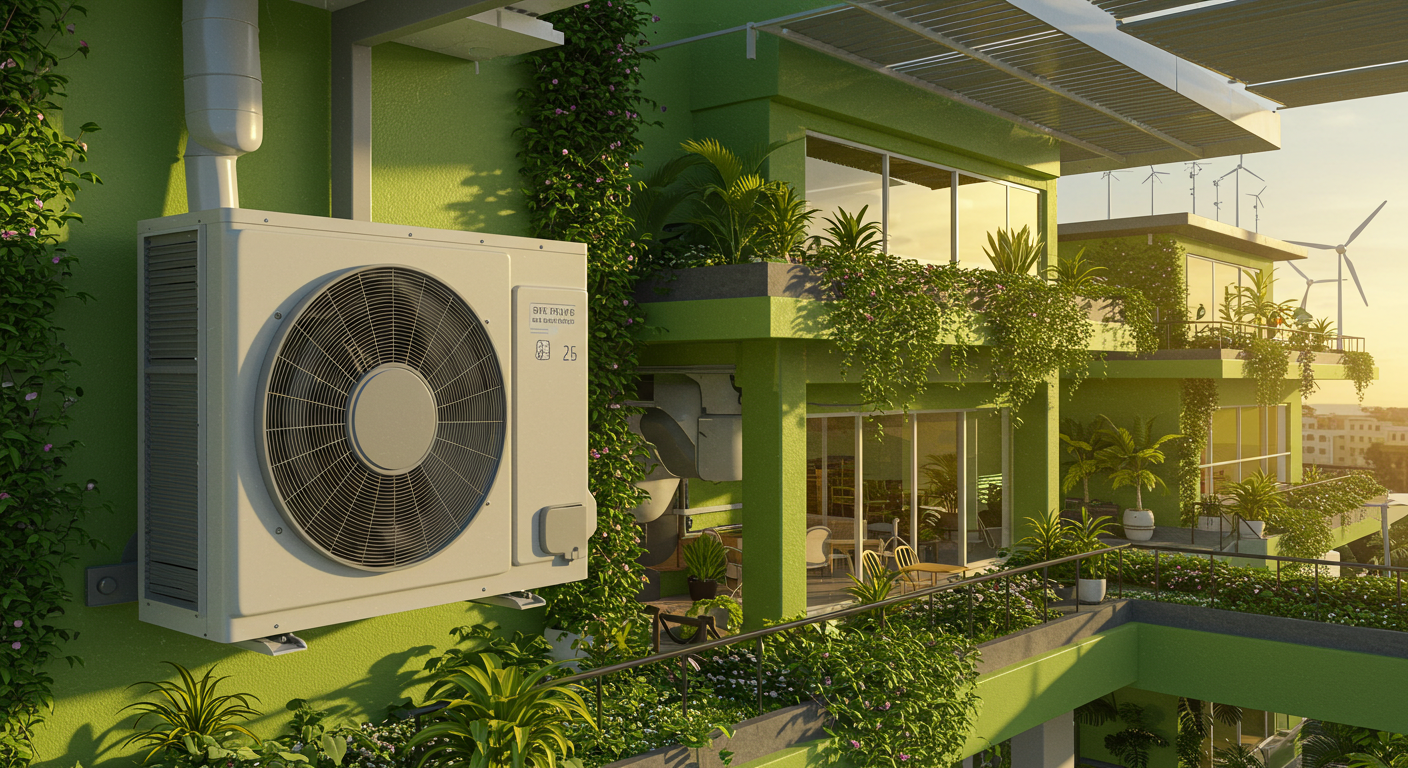Why Soft Skills Matter in HVAC
In the fast-paced world of HVAC, technical skills are often the first thing that comes to mind. But did you know that soft skills are equally critical? In fact, 84% of employees and managers agree that soft skills are crucial when hiring HVAC technicians. Let’s dive into why these skills are so important and how they can make or break your career in HVAC.
The Importance of Soft Skills in HVAC
While technical know-how is essential, soft skills such as communication, problem-solving, and adaptability play a vital role in your success as an HVAC professional. You regularly interact with customers, teams, and vendors, and the ability to explain technical issues clearly can significantly boost customer satisfaction and lead to repeat business.
Core Soft Skills for HVAC Technicians
Employers value technicians who can work independently while demonstrating honesty and integrity. Soft skills like critical thinking and adaptability are indispensable, especially when dealing with advanced systems like Daikin VRV. These systems require effective team coordination and clear communication with customers.
Enhancing Customer Experience
Customer service skills are paramount in HVAC. A staggering 73% of consumers will switch to a competitor after multiple poor service experiences. Being able to listen actively and respond empathetically can set you apart from the competition.
Teamwork and Problem Solving
Working well with others and solving problems efficiently is crucial, especially in challenging situations. Delays, often caused by poor communication, account for 55% of negative HVAC reviews. Being a proactive communicator can prevent these issues and enhance your reputation.
- Communication: Essential for explaining technical concepts.
- Problem-Solving: Helps in quickly diagnosing issues.
- Teamwork: Vital for working on complex systems.
- Adaptability: Necessary for evolving HVAC technologies.
- Customer Service: Key to retaining clients.
Conclusion
Soft skills are not just an added bonus; they are a necessity in the HVAC industry. Whether it’s enhancing your communication skills or improving your teamwork abilities, investing in these areas can lead to career success. Remember, a happy customer is a repeat customer, and soft skills are your ticket to making that happen.
Ready to take your HVAC career to the next level? Start honing your soft skills today and see the difference it makes!
FAQs
Why are soft skills important in HVAC?
Soft skills are important in HVAC because they improve customer satisfaction, enhance team collaboration, and increase job performance.
How do communication skills benefit an HVAC technician?
Communication skills allow technicians to explain technical issues clearly, leading to better customer understanding and satisfaction.
What are the top soft skills needed in HVAC?
The top soft skills needed in HVAC include communication, problem-solving, teamwork, adaptability, and customer service.
How can soft skills impact HVAC career success?
Soft skills can lead to career success by improving customer relationships, increasing job efficiency, and enhancing your professional reputation.
How does teamwork benefit HVAC technicians?
Teamwork helps in sharing knowledge, solving complex problems, and improving overall service efficiency in HVAC projects.


